- Medicine Wheel for the Planet: A Journey Toward Personal and Ecological Healing
- Knopf Canada (2024)
Jennifer Grenz spent nearly two decades working to manage invasive plant species and with Indigenous communities to develop food security plans and land-healing initiatives across the Pacific Northwest. During that time, she noticed an interesting disconnect that she was eager to explore in more depth.
Grenz, a Nlaka’pamux woman of mixed-race ancestry and a professor in the University of British Columbia’s department of forest resources management and its faculty of land and food systems, grew curious about a working assumption about nature, notably that humans exist separately from it and that nature can — and should — be restored to a perfect version of itself.
This approach, she suggests, is rooted in colonial world views and may be part of why she saw some restoration projects fail. Her new book, Medicine Wheel for the Planet: A Journey Toward Personal and Ecological Healing, sheds light on the illusions of ecological restoration and asks if there is a more purposeful way forward.
The book weaves together the experiences that brought Grenz on a journey of ecological healing, a process directly related to the personal and relational.
“That ecological journey,” she told The Tyee, “facilitated the personal journey. Without that, I don’t think I would have had the opportunity to tend to those ancestral and family wounds.”
Grenz draws on Indigenous knowledge to invite a way of tending to the Earth that strives for multiplicity, builds relationships and prioritizes collective healing by demonstrating the intersections between our personal and wider worlds. “We always want to say it’s business, not personal. But our business is personal,” she says. “It should always be personal in my mind.”
She points to the recent years of wildfires in St’at’imc territory and Nlaka’pamux territory in B.C.’s southern Interior. “It’s allowing us to really see what happens when the relationship between Indigenous Peoples and their lands are broken,” she says.
Her book is also a call to action and asks readers if they might relearn what it means to be in stronger, more meaningful relationships of reciprocity with the environments of which we are part.
The Tyee sat down with Grenz to discuss why it’s inevitable that personal and ecological journeys will intersect.
This interview has been edited for length and clarity.
The Tyee: This book brings so much to the table — western science, Indigenous knowledge and how these two different world views have shaped parts of your life and perspective. You call this book a journey to connect your head with your heart. Now that it’s written, where are you on that journey?
Jennifer Grenz: Our journey is never done. I think we have a responsibility to make sure that we’re always learning and we’re always processing and thinking more deeply about what we’re working on, what we’re doing and how we think and feel about things. So I think for me, it’s never that my journey between my head and my heart is done, but it’s just a continuous check-in, strengthening that connection.
When you work in a more western scientific context, it’s kind of like you’re being pulled constantly to have that separation [between the head and the heart]. Part of what I love so much, especially about my work with Indigenous communities on land healing, is that we’re constantly figuring out how to strengthen that connection in our work.
You note in the book that many environmental restoration projects can fail because they operate on the belief that humans are separate from nature. You suggest that this work must be reimagined and led by Indigenous approaches. What can we do to move towards that?
We can’t design restoration or healing projects without having opportunities to strengthen human relationships within them.
Normally we plan a restoration project and we think about what plants are there that shouldn’t belong, and what do we want there? And we make lists of desirable species and we think about things like biodiversity. But now I challenge everyone and all the projects we’re working on to be like: How do we reimagine how people can work in this process with the land, and what does that mean?
There’s this issue of misapplying or appropriating Indigenous knowledges within restoration projects. There’s so much attention on our knowledges these days and an openness to them beyond our wildest dreams. But it often ends up being fragmented or inappropriately applied because it’s devoid of the sort of central tenets of reciprocity.
I think ensuring that there’s human relationship as part of those restoration projects [such as outdoor learning spaces, facilitating land-based learning opportunities alongside ecological restoration and empowering people to engage with municipal governments about land use for parks] helps us to avoid misapplication of those knowledges because it then grounds the project, whether it’s being done by Indigenous people or not, in those absolutely necessary relationships to ensure long-term success.
I’m interested in what you describe as “Eden ecology,” or attempts to restore nature back to a perfect state untouched by humans. “Eden ecology” is problematic because you note that humans have always belonged to ecosystems. Meanwhile, the idea of “rewilding” has gained ground in Vancouver over the last decade. Thinking about “rewilding,” is it aligned with your visions of stewardship for the future?
Absolutely not. I think it is a symptom of what I point out in the book as the fundamental problem of why we are not making the progress that we need to. Because the concept of rewilding is ultimately devoid of human relationship... it doesn’t put the thought into things like: What are the pre-colonial baselines of this space?
[For example,] we look at a forest today and what we think is normal in many places isn’t normal at all. It’s symptomatic of an era of colonial land management.
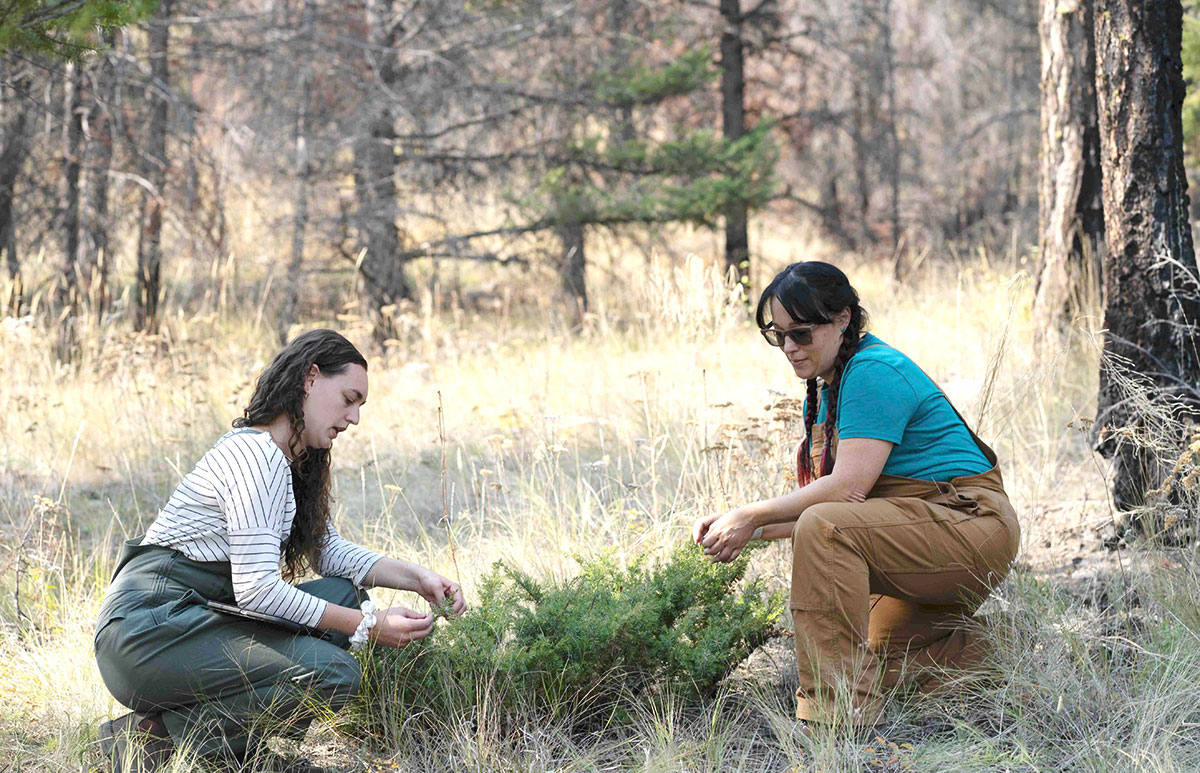
We work a lot on wildfire recovery in the Interior right now, and I was standing on what is the edge of the McKay Creek wildfire area between one of the burn sites and an area that the fire just did not choose to burn. And I stood out over this cliff and I looked out over this vast Fraser Canyon and down the edge and it’s just interior Douglas fir. Just solid.
This is a monotypic stand of interior Douglas fir that is way too dense and completely devoid of life in the understorey.
But then I see these rewilding projects that are working with the assumption that [projects like that] dense stand [of Douglas fir] — which is a symbol to me of colonial land management — is what we’re rewilding to.
It’s not to say that the intentions are wrong. They’re not. The intentions are very, very good. They’re misguided.
How has your work as a professor at UBC informed some of your thinking for this book? Was there a freedom of expression in writing the book that might not be as present in your current role?
I wrote most of the book as a PhD student. This was an opportunity to pick up what I thought were some of the most important and interesting pieces, again.
But I think truthfully, it’s a very difficult place to be an Indigenous scholar. Not because there’s a lack of freedom of expression... but I think that the challenge is in appropriately supporting Indigenous scholars to do community-based work in a good way.
Even if it’s not my territory, I have relations in St’at’imc territory. So there’s a different level of accountability for the work that we’re doing, and what service means. ![]()
Read more: Indigenous, Books, Environment
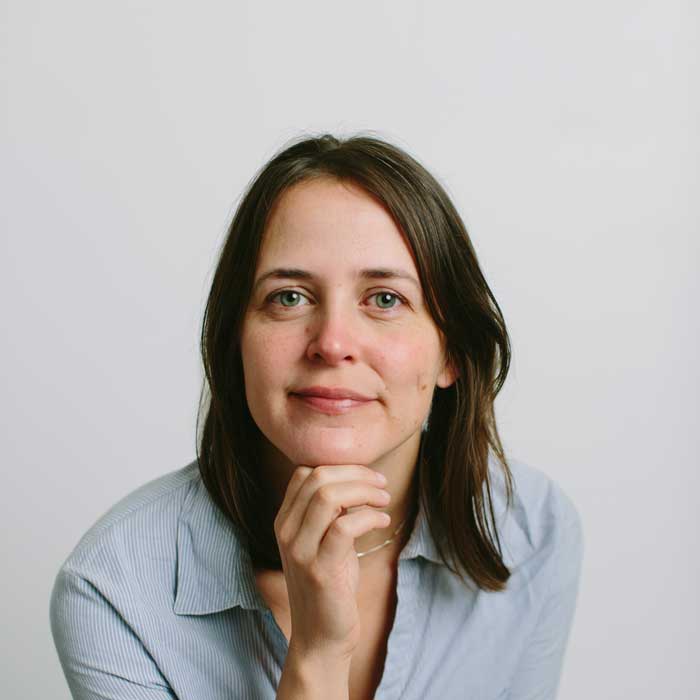

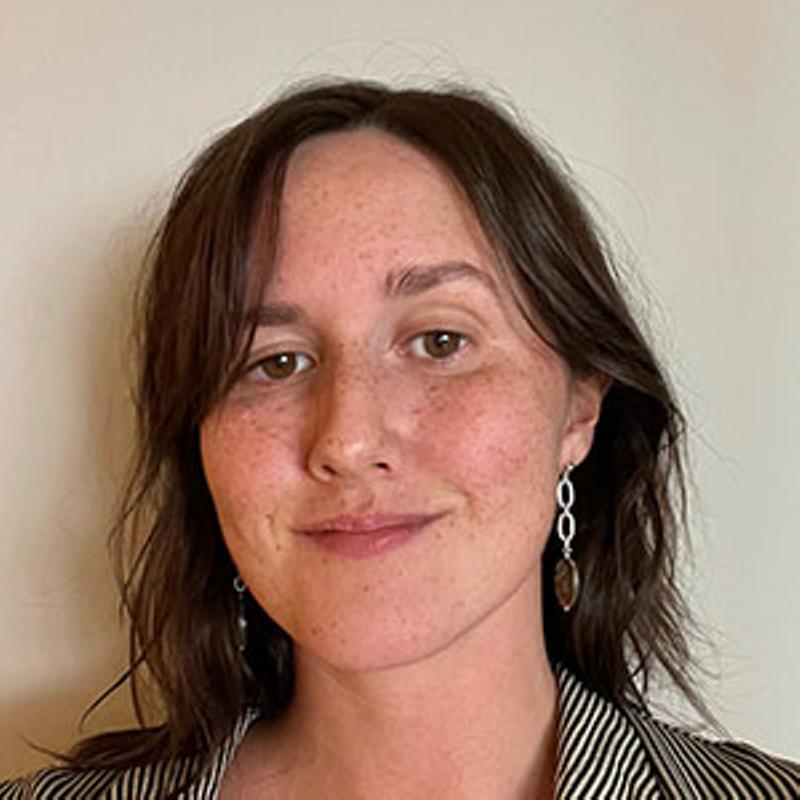

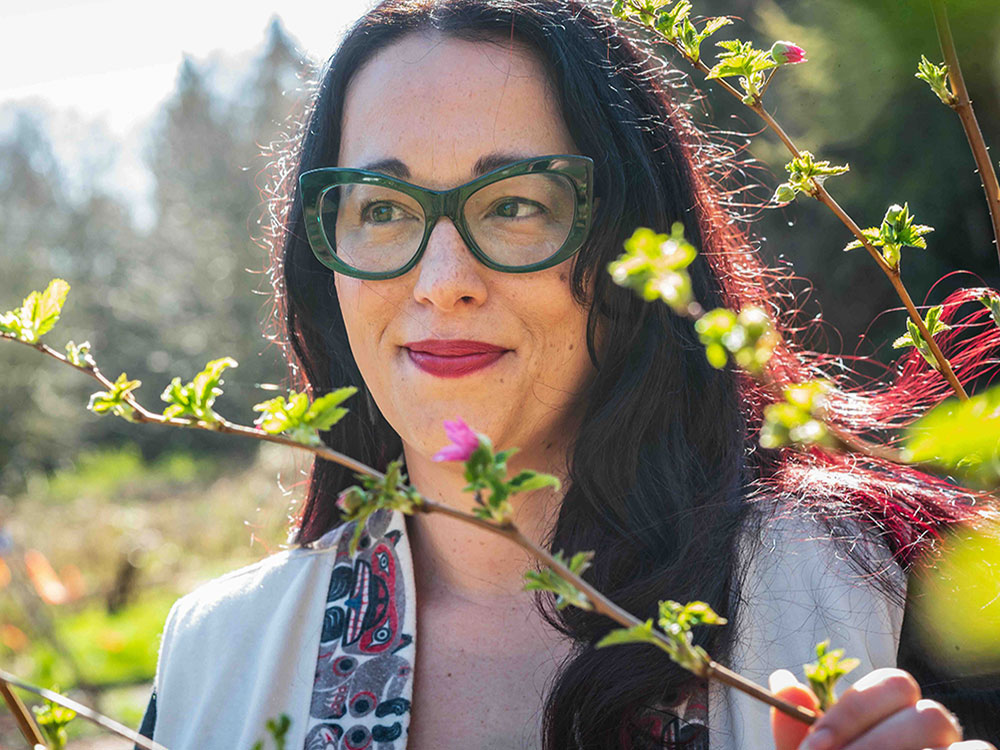
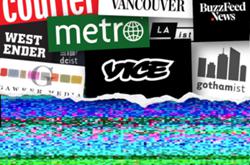


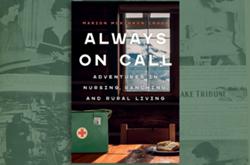
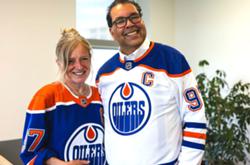
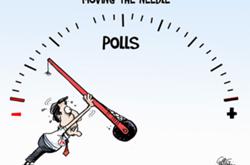
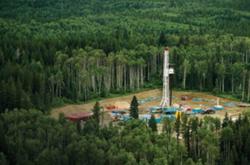
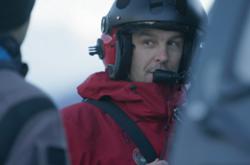


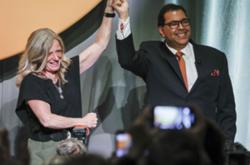
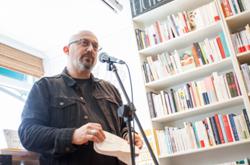
Tyee Commenting Guidelines
Comments that violate guidelines risk being deleted, and violations may result in a temporary or permanent user ban. Maintain the spirit of good conversation to stay in the discussion and be patient with moderators. Comments are reviewed regularly but not in real time.
Do:
Do not: